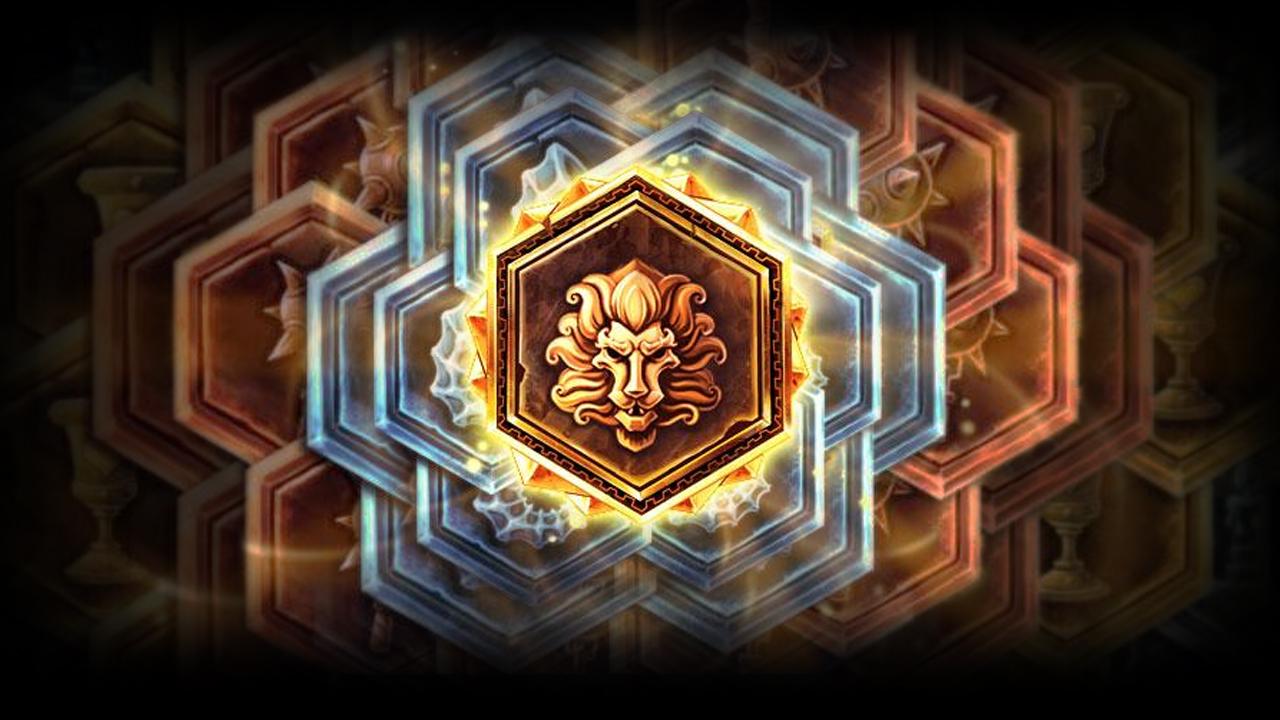

It also doesn't state that you can't put multiple glyphs on the same object where other editions say you can't. Interesting that they would do that in 5th edition, every other edition states its a harmful effect.

* - (incense and powdered diamond worth at least 200 gp, which the spell consumes) If you create a spell glyph, you can store any spell of up to the same level as the slot you use for the glyph of warding.
Combine the runes to create a glyph full#
If the spell requires concentration, it lasts until the end of its full duration.Īt Higher Levels. When you cast this spell using a spell slot of 4th level or higher, the damage of an explosive runes glyph increases by 1d8 for each slot level above 3rd. If the spell summons hostile creatures or creates harmful objects or traps, they appear as close as possible to the intruder and attack it. If the spell affects an area, the area is centered on that creature. If the spell has a target, it targets the creature that triggered the glyph. When the glyph is triggered, the stored spell is cast. The spell being stored has no immediate effect when cast in this way. The spell must target a single creature or an area. Spell Glyph. You can store a prepared spell of 3rd level or lower in the glyph by casting it as part of creating the glyph. A creature takes 5d8 acid, cold, fire, lightning, or thunder damage on a failed saving throw (your choice when you create the glyph), or half as much damage on a successful one. Each creature in the area must make a Dexterity saving throw. When you inscribe the glyph, choose explosive runes or a spell glyph.Įxplosive Runes. When triggered, the glyph erupts with magical energy in a 20-foot-radius sphere centered on the glyph. You can also set conditions for creatures that don’t trigger the glyph, such as those who say a certain password. You can further refine the trigger so the spell activates only under certain circumstances or according to physical characteristics (such as height or weight), creature kind (for example, the ward could be set to affect aberrations or drow), or alignment. Once a glyph is triggered, this spell ends. For glyphs inscribed within an object, the most common triggers include opening that object, approaching within a certain distance of the object, or seeing or reading the glyph.

For glyphs inscribed on a surface, the most typical triggers include touching or standing on the glyph, removing another object covering the glyph, approaching within a certain distance of the glyph, or manipulating the object on which the glyph is inscribed. You decide what triggers the glyph when you cast the spell. The glyph is nearly invisible and requires a successful Intelligence ( Investigation) check against your spell save DC to be found. If the surface or object is moved more than 10 feet from where you cast this spell, the glyph is broken, and the spell ends without being triggered. The glyph can cover an area no larger than 10 feet in diameter. You inscribe it either on a surface (such as a table or a section of floor or wall) or within an object that can be closed (such as a book, a scroll, or a treasure chest) to conceal the glyph. Shoulder, Hands, Belt, and receive Feet only 40% of the stated value on Glyph the.When you cast this spell, you inscribe a glyph that later unleashes a magical effect. Special note Armor about Glyphs: Only Head, Chest, and, Legs Shields receive the full enchantment of an effect. You put could a Legendary quality Glyph on a Base item quality if you wanted to. The Glyph have you must be of the correct type appropriate an and level for the item to be Note.Įnchanted that any quality of Glyph applied be may to any quality of item. You simply select the you item wish to enchant in the Inventory and, screen choose “Enchant”. While you Enchanter be at an must’s table in order to create a Glyph, not do you need any special equipment in enchant to order an item with the Glyph in possession your. level the highest strength Glyph created be will from the highest level rune Potency. There are three possibilities, level (Jora 1 – 10), Porade (level 5 – 15), and Jera (Obviously 10 – 20). For example, if you wish to level a enchant 10 weapon with a Glyph of Frost, must you use a Potency rune which level covers 10. Note that you use must a Potency runestone of the correct for level the item which you enchant to wish.


 0 kommentar(er)
0 kommentar(er)
